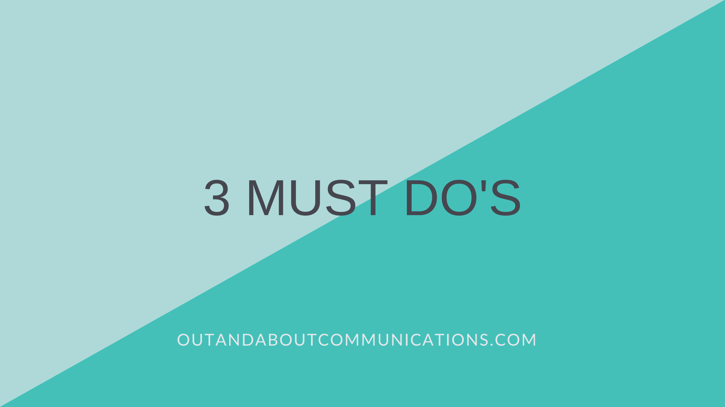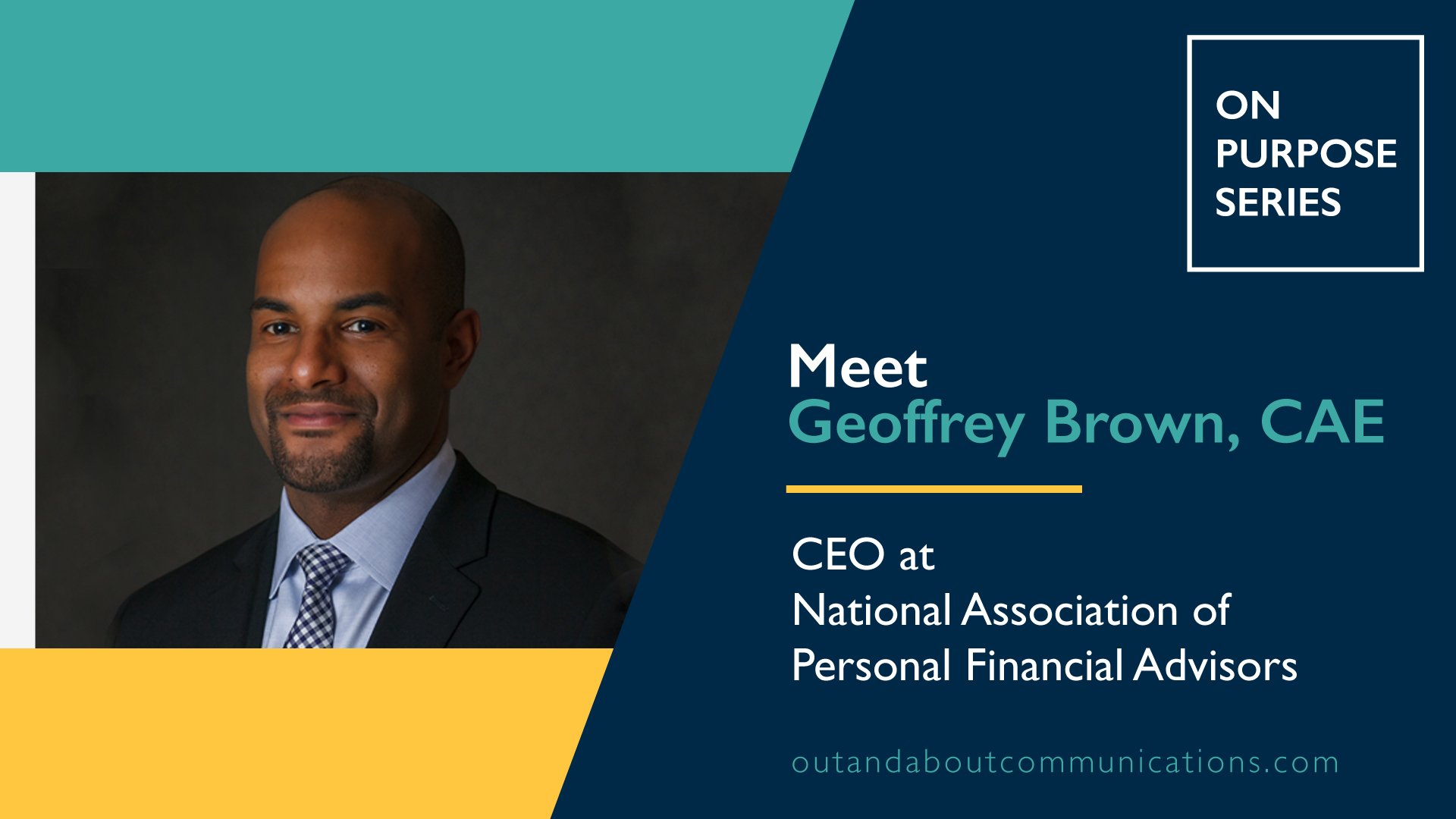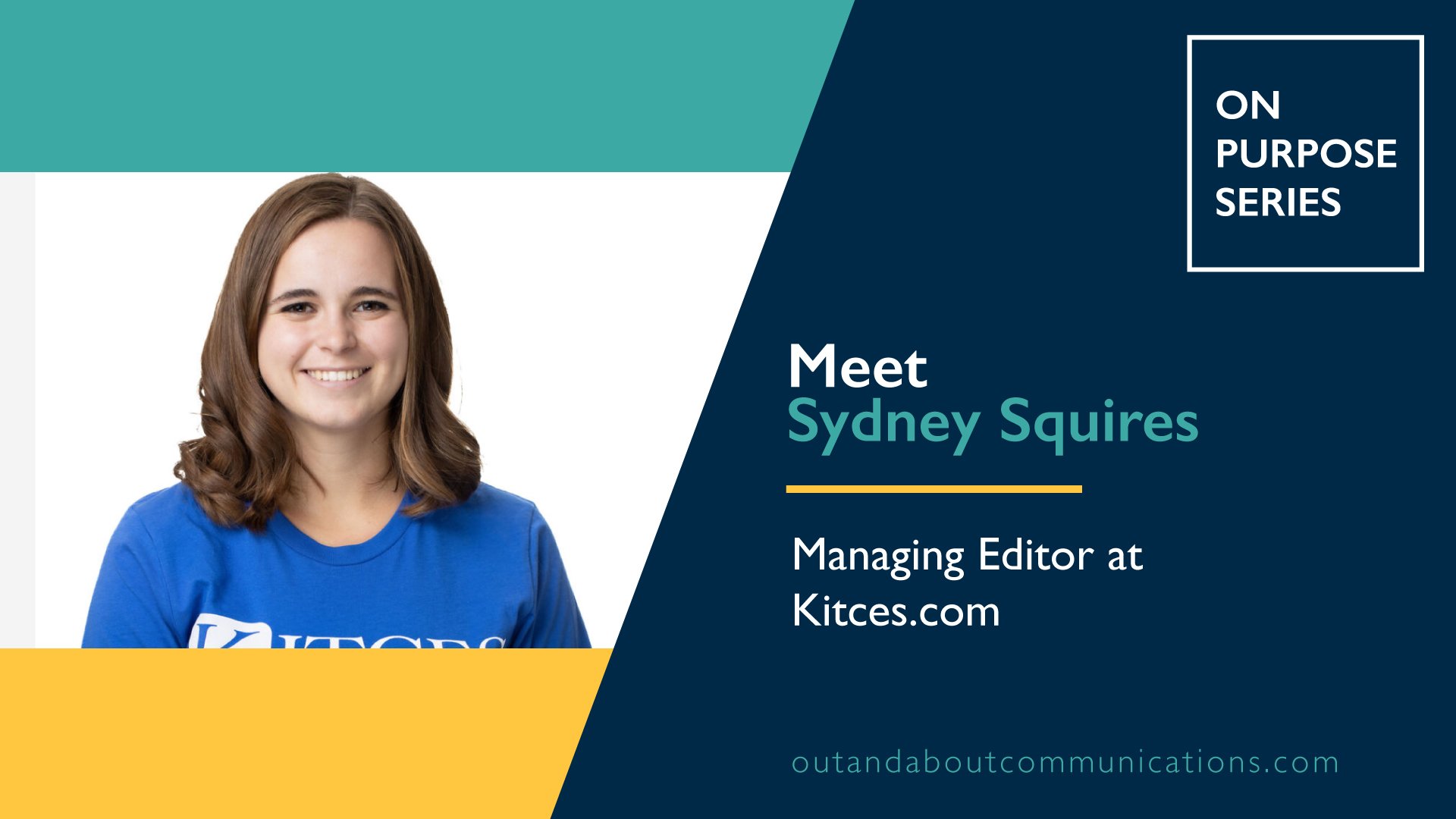
COVID-19 is forcing everything and everyone to go digital. We've had a lot of long-time prospects resurface during the pandemic. COVID has been a rude awakening for them (and, I think, many others) to really “think digitally.” It’s challenged businesses on all fronts—in industries as wide-ranging as healthcare, financial services, restaurants, and event planning—and organizations from mom and pop stores to Fortune 500 companies.
If your business didn’t already have a digital mindset, COVID has certainly stress-tested if it can go virtual.
Perhaps more importantly, COVID has also stress-tested your company culture. If you did not already have clear values and a company culture built in pre-COVID, the now majority-digital business world will only challenge your company’s communications and trust more.
We’ve had some clients say, “I'm so thankful we have digital marketing in place to help support our sales team. The way we did things before wouldn't have worked with COVID..” We've also had prospects come to us and say, “We've got to go digital. How do we do it, and what do we need to focus on to ensure our marketing efforts work?”
There’s a three-point checklist for going digital.
To respond to the “how does it work” question—with what might sound like an unexpected response—digital or not, you must have three things really locked in:
- Know your target market.
- Get clear on your company and marketing goals—which usually involves figuring out your unique selling point.
- Have a defined company culture, because for better or worse, it will be put in the limelight once you start to get into marketing.
If you have these basics figured out, you can go down one of two paths:
Path 1: Get regular, ongoing marketing in place. Think social media, e-newsletters, blog posts, podcasts, video, SEO, and/or PR—what’s called content marketing—to stay top of mind with your network. All these add up to lead generation activities, but they take a while to work. Once they do work, you’re coasting.
Path 2: Choose the campaign route. Campaigns are typically lead generation activities. Think paid ads, email workflows, account-based marketing, and more. The campaign route is typically very targeted. It can be short- or long-lived. You typically deploy a campaign to go after a set group of people. You learn from the data, tighten the campaign, and redeploy.
You can go down paths 1 and 2 at the same time. It, however, will be a waste of your resources if you don’t know your target, have a USP, and clear company culture (items 1–3 listed above) and you don’t have the resources.
We live in a digital world.
As you’ve probably seen in the post-COVID world, people don't just interface with you at a networking event. Even before COVID-19, it was clear people do more than just interface with you at networking events. Now, interacting digitally is even more critical—folks go to your website, read your blogs, see your emails in their inbox. They interact digitally.
The digital world lets prospects research your company in new ways, and this increases the number of needed touchpoints to help warm them up to engage with you. So, make sure you are giving them those resources and staying top-of-mind—with a consistent brand message on a consistent basis.
Bottom line: Get your basics in order and determine what are realistic goals based on your budget and desired outcome. If you don’t put in the strategic energy upfront, the output will be scattered, and you won’t hit your targets.
Has your company gone digital during the coronavirus pandemic? What tactics have you found to be effective? Let us know in the comments!






